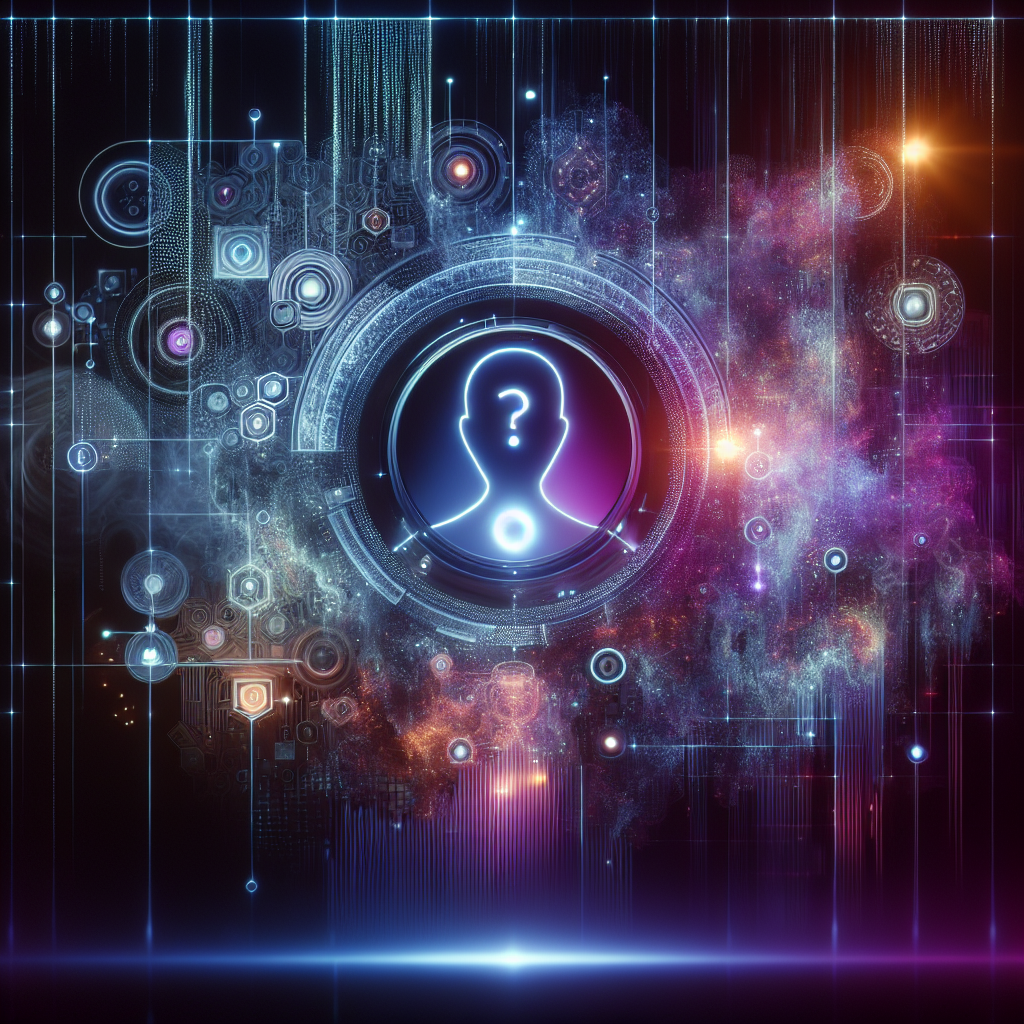Unveiling the GPT-2 Chatbot: A Mystery Wrapped in an Enigma
The digital landscape has been buzzing with speculation and intrigue with the sudden appearance—and equally abrupt disappearance—of the gpt2 chatbot on the distinguished benchmarking platform, limbs.org. This enigmatic contestant threw a curveball into the AI community, capturing minds and generating theories ranging from revolutionary AI advancements to extraterrestrial inventions. Below is a deep dive into this mysterious model, its implications, and the whirlwind of excitement it has caused among tech enthusiasts and professionals alike.
The Mysterious Emergence
Imagine logging onto a well-known AI benchmarking site and discovering a new chatbot that not only piques your interest but seems to outperform the celebrated GPT-4 in raw ability. That was the reality for many when the gpt2 chatbot made its grand yet mysterious entrance on limbs.org. Ethan Mollik, a well-regarded professor, tweeted about this peculiar new model, which appeared to match GPT-4 in capabilities, further thickening the plot.
What makes the gpt2 chatbot not just another line of code but a headline-making phenomenon is the absence of clear information about its origins and purpose. OpenAI's CEO, Sam Altman, added fuel to the speculative fire with a cryptic tweet expressing his fondness for GPT-2, leading many to wonder if OpenAI was orchestrating a secretive test of new technologies.
Speculation Runs Wild
The AI community loves a good mystery, and the gpt2 chatbot delivered just that. From the possibility of it being an advanced GPT-5 prototype to a finer-tuned version of its predecessors, the theories were as wild as they were numerous. Some even joked about alien technology, considering the surprising capabilities of the bot.
The rollercoaster didn't stop there. Just as the community was getting to grips with the bot, it vanished from the limbs website, prompting even more speculation and a collective yearning for more information.
A Flash in the Pan or a Peek into the Future?
The plot thickened when Sam Altman spoke at Harvard, revealing that the gpt2 chatbot was definitely not GPT-5, yet omitting any concrete details about what it actually was. This statement was more of a tease than a clarification, leaving the community hanging on the edge of their seats.
The return of the chatbot, albeit in a limited and secretive manner, only added to the enigma. Now appearing under aliases like "I'm a good gpt2 chatbot," it showed up unpredictably during sessions on limbs.org, challenging users to distinguish it from other models and to experience its capabilities firsthand.
Impressive Capabilities
Those lucky enough to interact with the gpt2 chatbot reported remarkable experiences. Innovators like Minoy and Lonus Ekenstam were able to prompt the bot to code a functional version of the Flappy Bird game in Python using a single input, showcasing the chatbot's practical applications and its potential for complex problem-solving tasks.
Moreover, reports emerged of the chatbot developing a code interpreter using Claudia Opus, indicating not just advanced coding skills but also significant strides in AI's ability to understand and process human-like requests in real-time programming environments.
What Could Possibly Lie Ahead?
The mysterious gpt2 chatbot might be a clever marketing stunt or a hint at the next significant breakthrough in AI. Either way, its brief appearances have generated a buzz that shows no signs of waning. Engaging with such a model, if you're lucky enough to catch it in action, provides a glimpse into the potential future of AI—a future where chatbots could seamlessly code, create, and perhaps even think alongside us.
The lingering question remains: What is the true nature of the gpt2 chatbot? As we speculate on the possibilities, the AI community remains on alert, eager for any shred of information or a potential reappearance of the elusive chatbot. Whether it's a step towards GPT-5 or a standalone marvel, one thing is clear: the gpt2 chatbot has left an indelible mark on the narrative of AI development.
Related News
- The Enigmatic Surge of GPT2 Chatbot: A Dive into AI's Latest Sensation
- Unraveling the Enigma of the Mysterious GPT-2 Chatbot and the Future of AI Development
- Deciphering the GPT 4.5 Turbo: A Case of Mass AI Hallucination?
- Unlocking the Multiverse of ChatGPT: A Deep Dive into Its Latest Feature Rollout
- Unpacking the Buzz Around GPT-4.5 and the Expanding Horizon of AI
